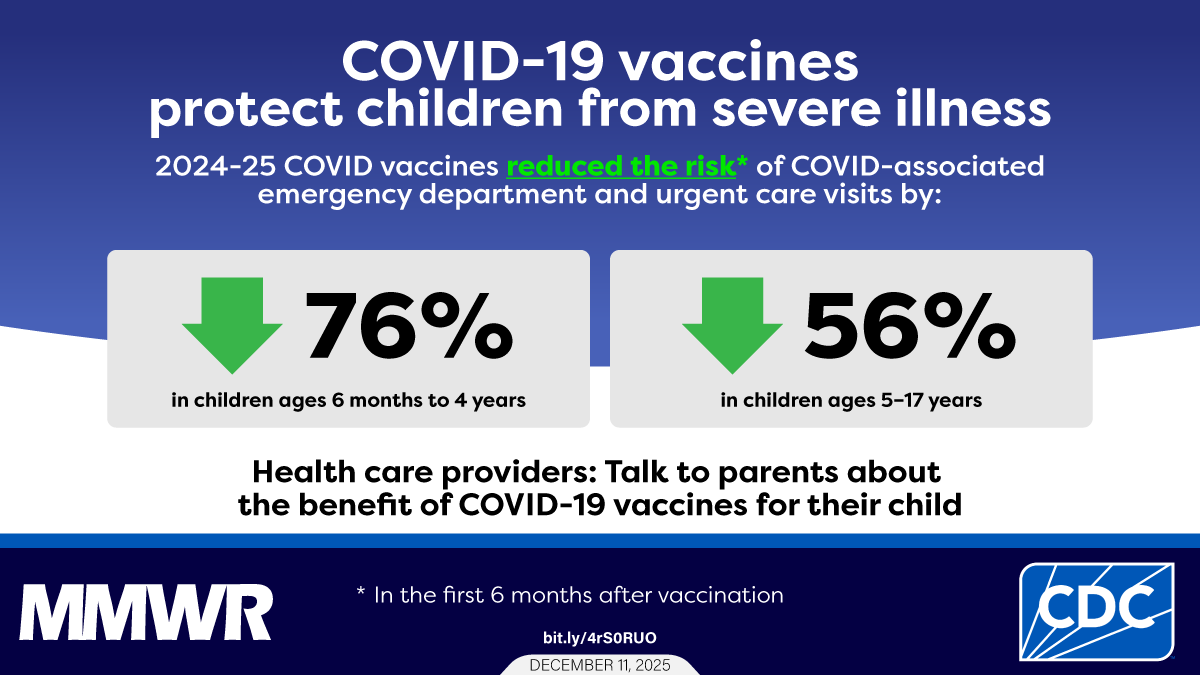The United States Centers for Disease Control and Prevention (CDC) has revised its long-standing guidance about vaccines and autism.
The guidance once stated clearly and correctly that the evidence shows no link between vaccines and the…

The United States Centers for Disease Control and Prevention (CDC) has revised its long-standing guidance about vaccines and autism.
The guidance once stated clearly and correctly that the evidence shows no link between vaccines and the…

Receiving an influenza vaccine between the ages of 40 and 50 does not increase the risk of Parkinson’s disease, according to the results of a
While there was no increased risk of Parkinson’s…

Teenagers who are unhappy with their bodies are more likely to develop symptoms of eating disorders and depression in early adulthood, according to a new study led by UCL researchers.
The research, believed to be the first of its…

The Somalia Ministry of Health and Social Welfare has reported a diphtheria outbreak in the country in recent weeks.
According to the Ministry, more than 1,000 children have been infected in this outbreak, and at least 50 deaths have been…

APC announced the publication of a peer-reviewed study conducted with the University of Illinois Department of Animal Sciences evaluating how plasma included in extruded kibble supports canine gut health and immune indicators.
The study, published…

Sinus infections usually come with a bundle of symptoms such as congestion, facial pressure, headaches, and even a lingering fatigue that can make your simple daily routines feel like a hard task. And although medication is usually needed,…

Stephanie A. Irving, MHS1; Elizabeth A.K. Rowley, DrPH2; Sean Chickery, DHSc2; Karthik Natarajan, PhD3,4; Nicola P. Klein, MD, PhD5; Shaun J. Grannis, MD6,7; Toan C. Ong, PhD8; Sarah W. Ball, ScD2; Malini B. DeSilva, MD9; Kristin Dascomb, MD,…

As Americans gear up for the holiday season, new research offers a timely reminder to reflect on the long-term health effects of raising a celebratory glass – or two. Alcohol is known to increase the risk of several cancers even…

Before scientists even had a name for AIDS, fear shaped the story long before facts could catch up. In the early 1980s, doctors across several US cities began seeing clusters of gay men with rare infections, unusual cancers, and collapsing…